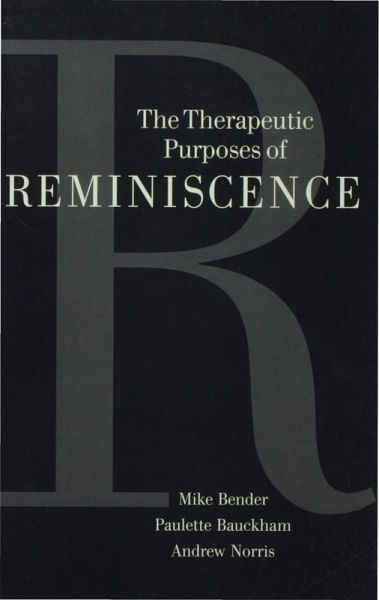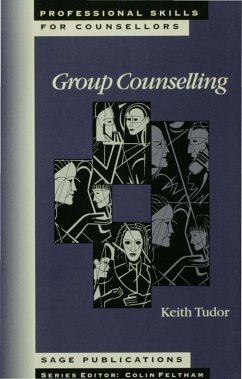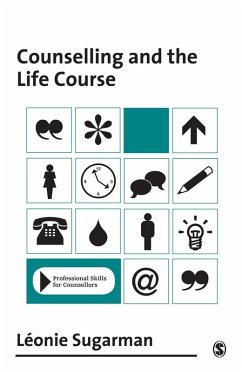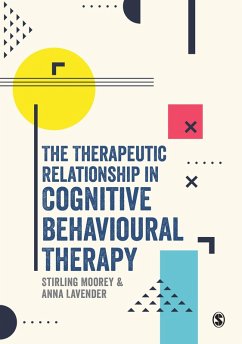
The Therapeutic Purposes of Reminiscence (eBook, PDF)
Versandkostenfrei!
Sofort per Download lieferbar
49,95 €
inkl. MwSt.
Weitere Ausgaben:

PAYBACK Punkte
25 °P sammeln!
`I was impressed with the accessibility of the book, offering a guided tour through the history, context and purposes of reminiscence therapy, the range of applications from promoting social and emotional stimulation to reminiscence as psychotherapy. It also provides a brief overview of its theoretical underpinnings... As a book for health professionals interested in reminiscence work, it is a must for the shelf... most importantly it emphasizes the need for adequate training and supervision for those undertaking this type of work... the authors [also] provide a very good working guide to the ...
`I was impressed with the accessibility of the book, offering a guided tour through the history, context and purposes of reminiscence therapy, the range of applications from promoting social and emotional stimulation to reminiscence as psychotherapy. It also provides a brief overview of its theoretical underpinnings... As a book for health professionals interested in reminiscence work, it is a must for the shelf... most importantly it emphasizes the need for adequate training and supervision for those undertaking this type of work... the authors [also] provide a very good working guide to the assessment process' - Aging and Health
In this practical and accessible book, leading exponents of reminiscence work describe the purposes and techniques of reminiscence and set out detailed guidelines on how to implement and conduct a wide range of reminiscence activities with different types of client.
Highlighting its tremendous diversity and potential - and its special ability to allow people of all ages and abilities to communicate deeply about their lives - the authors separate out the different aims of reminiscence, which include intellectual or social stimulation, allowing people to leave behind them a cultural legacy, or a means of intergenerational communication. They show clearly how each can be directly beneficial either to clients or their carers, or for improving the culture of the arena in which the activity is being carried out.
In this practical and accessible book, leading exponents of reminiscence work describe the purposes and techniques of reminiscence and set out detailed guidelines on how to implement and conduct a wide range of reminiscence activities with different types of client.
Highlighting its tremendous diversity and potential - and its special ability to allow people of all ages and abilities to communicate deeply about their lives - the authors separate out the different aims of reminiscence, which include intellectual or social stimulation, allowing people to leave behind them a cultural legacy, or a means of intergenerational communication. They show clearly how each can be directly beneficial either to clients or their carers, or for improving the culture of the arena in which the activity is being carried out.
Dieser Download kann aus rechtlichen Gründen nur mit Rechnungsadresse in A, D ausgeliefert werden.













